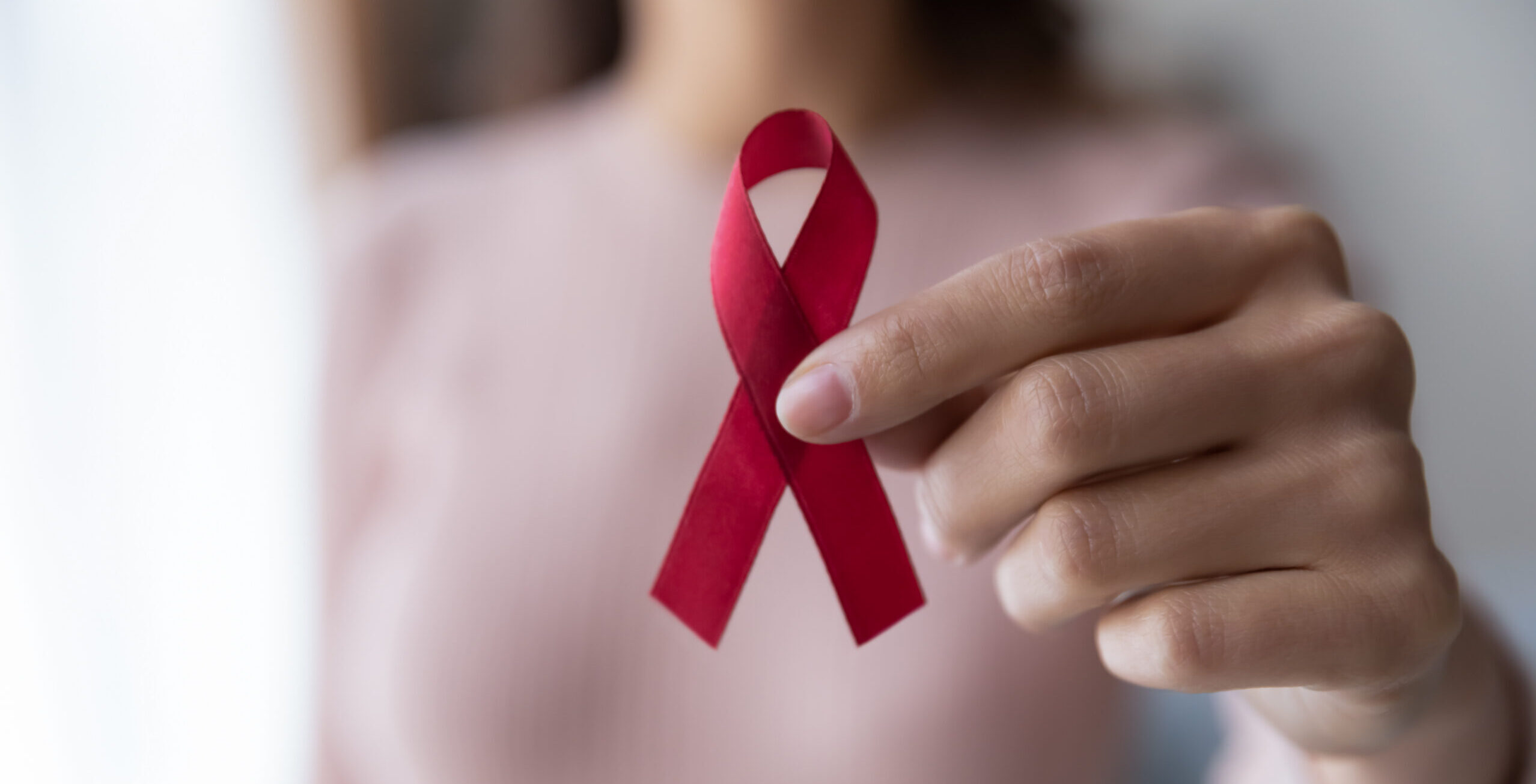

National Women and Girls HIV/AIDS Awareness Day
By: Lillian Witting, MPH, CAPM, Senior Coordinator of Research and Programs
March 10 marks National Women and Girls HIV/AIDS Awareness Day during Women’s History Month, implemented by the Health and Human Services’ Office on Women’s Health.
The human immunodeficiency virus (HIV) is a disease that attacks the immune system, and if left untreated, can lead to acquired immunodeficiency syndrome (AIDS). It was first reported among gay men in America in the early 1980s, in what would become known as the AIDS Epidemic. This early association quickly led to discrimination and stigma that would delay and hinder care and research, especially for women. Transmission most commonly occurs through exchange of bodily fluids but was later found to also be transmitted during pregnancy, childbirth, and through breast milk — making it crucial for women and girls to be made aware of the disease and take steps to decrease risk of infection. In 1988, HIV/AIDS was the eighth leading cause of death among women of reproductive age. It was not until 1993, and after many protests, that the CDC revised the definition of HIV/AIDS to include women, thus allowing them to be included in clinical trials and testing for treatment.
In the most recent 2021 Centers for Disease Control (CDC) HIV Surveillance Report, it is estimated that about 1.1 million people in the U.S. live with HIV/AIDS, with over 250,000 (23%) being women. It is also estimated that 38,000 new infections occur every year, with women accounting for up to 18% of new HIV diagnoses. This disproportionately affects Black/African American women, who face infection rates up to 10 times that of white women. Today, there are still many social barriers such as racism, discrimination, and stigma, that prevent women from accessing the optimal health care for HIV prevention, testing, and treatment. HIV research is shifting to better look at these disparities, but there is still a need to include more women in studies. It is also imperative that education about the risks and prevention of HIV/AIDS in women is accessible, as it can have life-long impacts on quality of life.
However, despite these challenges and lack of a cure, there has been progress in HIV/AIDS infection prevention using Pre-exposure prophylaxis (PrEP), Post-exposure prophylaxis (PEP), and antiretroviral therapies (ARTs) that have improved management of health for people living with HIV. Just as women have had to fight for recognition in the HIV/AIDS community, we need to continue the fight for equitable care and reproductive justice through education and elevating information on the value of women’s health.
To learn more and find resources for HIV testing and services, you can visit HIV.gov.


